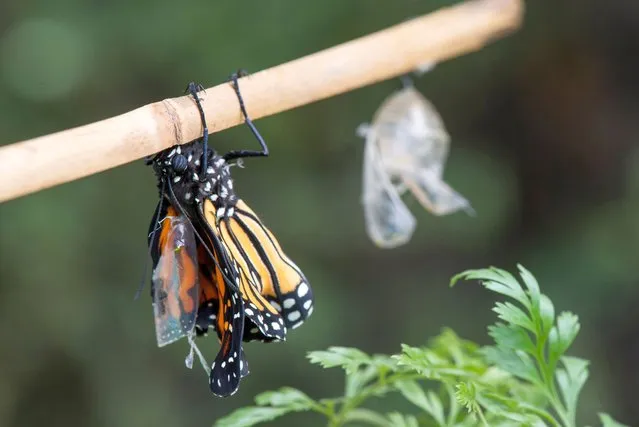
A Monarch butterfly (Danaus plexippus) emerges from its Chrysalis in a hobby breeding house in Lincoln, New Zealand on February 07, 2023. In 2022, the monarch butterfly was declared endangered by the International Union for the Conservation of Nature (IUCN). (Photo by Sanka Vidanagama/NurPhoto/Rex Features/Shutterstock)
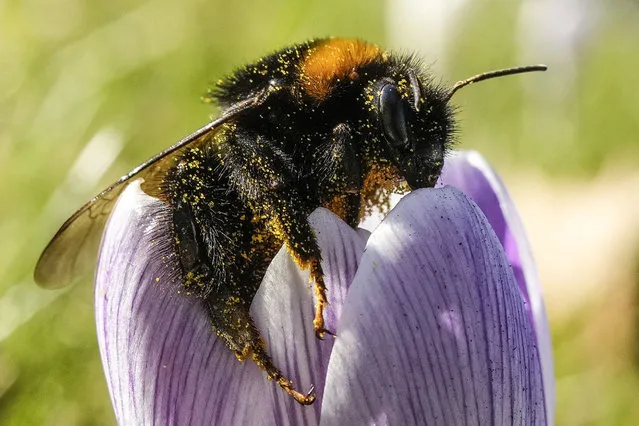
A bumblebee is covered in pollen on a crocus in the cold sun on the meteorological first day of spring in Gelsenkirchen, Germany, Wednesday, March 1, 2023. Weather forecast predicts cold temperatures and snow for the weekend in Germany. (Photo by Martin Meissnerl/AP Photo)
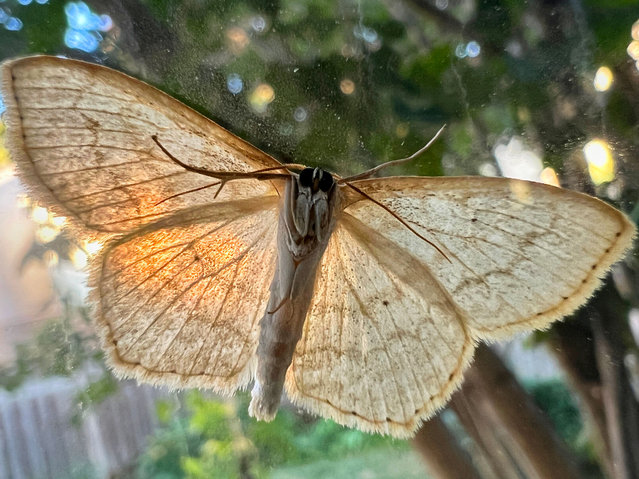
Yellow-dusted Cream Moth (Cabera erythemaria) in Toronto, Ontario, Canada, on July 09, 2022. (Photo by Creative Touch Imaging Ltd./NurPhoto via Getty Images)
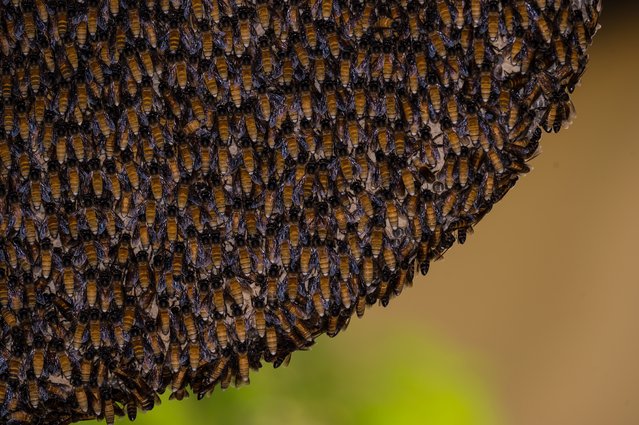
The giant honey bee (Apis dorsata) is a honey bee of South and Southeast Asia. Many crops in southern Asia like cotton, mango, coconut, coffee, pepper, star fruit, and macadamia depend on the wild Apis dorsata pollination. These bees build open nests on tree branches or buildings, a colony can store 4 to 6 kg of honey. (Photo by Soumyabrata Roy/NurPhoto via Getty Images)
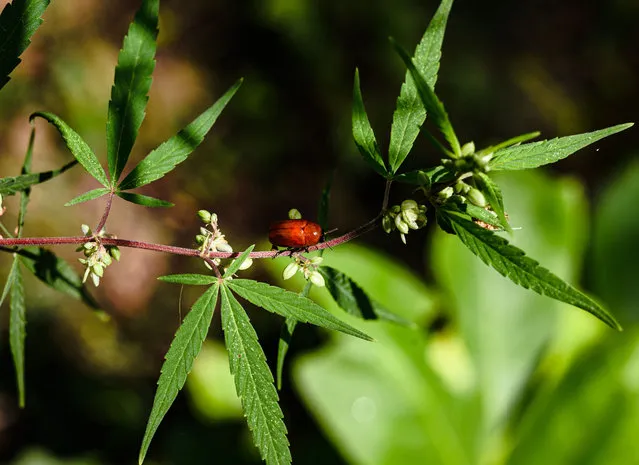
Leaf Beetle (Diapromorpha pallens) looks like fried Peanuts from the upper side, it's a pest that can cause significant damage to vegetables quickly in large numbers. A Leaf Beetle is trying to eat Marijuana or cannabis leaves-flowers in Kolkata, West Bengal; India on May 4, 2022. (Photo by Soumyabrata Roy/NurPhoto via Getty Images)
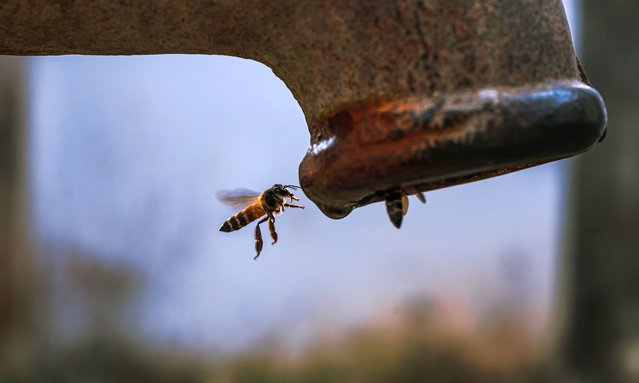
Bees are collecting drinking water from a tube well while flying at Nabin Nagar, west Bengal, India on December 26, 2022. (Photo by Soumyabrata Roy/NurPhoto via Getty Images)
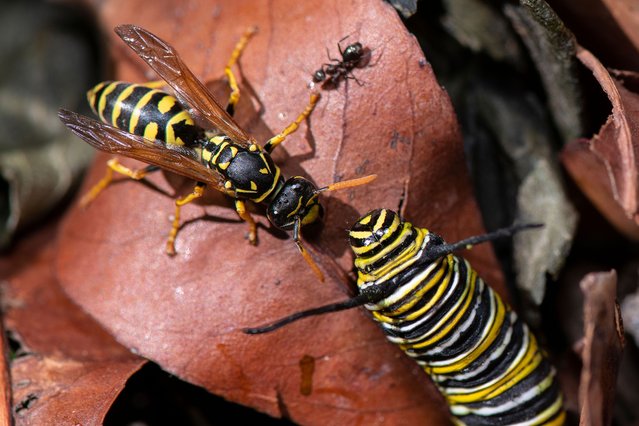
A European paper wasp (Polistes dominula) attacks a monarch butterfly (Danaus plexippus) caterpillar in a garden in Christchurch, New Zealand on January 16, 2022. Wasps are the biggest threat to monarchs at every stage of life from egg and caterpillar to chrysalis and butterfly, and they cause monarch butterflies are declining in New Zealand. The monarch is originally from North America but was first recorded in New Zealand in the mid-1800s. The global population of monarchs has declined by 80% according to experts. (Photo by Sanka Vidanagama/NurPhoto via Getty Images)
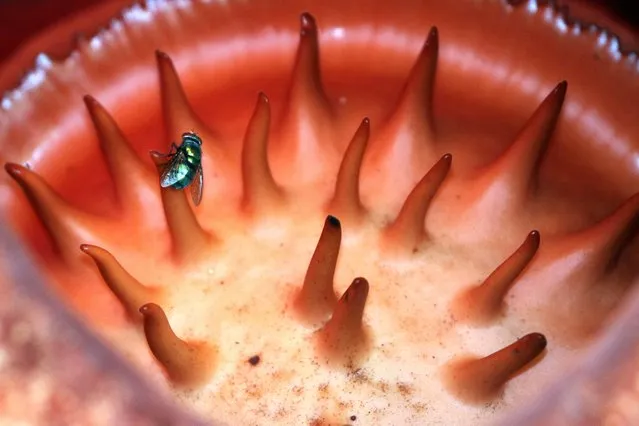
The Rafflesia Arnoldi flower (Amarphophallus titanum) which has been cultivated is seen in Palupuah Village, Agam District, West Sumatra, Indonesia, on April 13, 2022. The West Sumatera Nature Conservation Agency (BKSDA) estimates around seven Rafflesia Arnoldi flowers will bloom in Palupuah Village this year. (Photo by Adi Prima/Anadolu Agency via Getty Images)
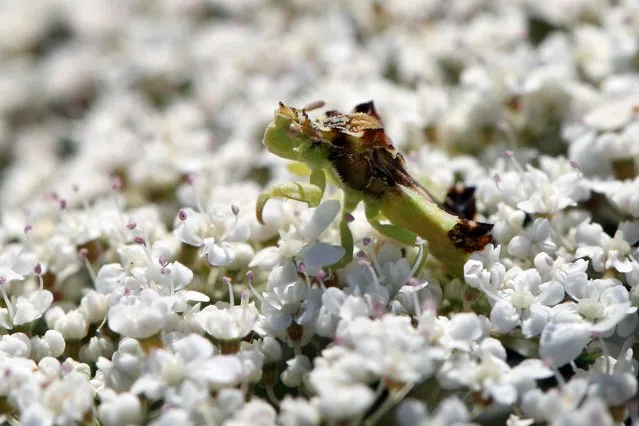
Jagged Ambush Bug (Phymata) waiting for prey on a Queen Anne's Lace (Daucus carota) flower in Toronto, Ontario, Canada on July 22, 2022. (Photo by Creative Touch Imaging Ltd./NurPhoto via Getty Images)
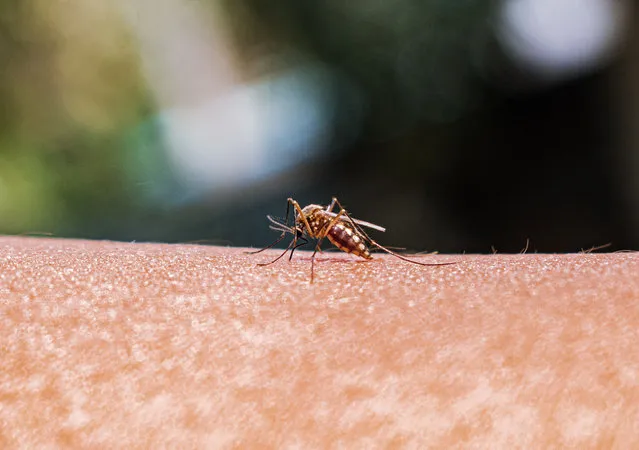
An adult female Anopheles mosquito bites a human body to begin its blood meal at Tehatta, West Bengal, India on February 24, 2023. Part of the genus Anopheles, the mosquitoes are capable of carrying and transmitting one of the five single-celled parasite species that cause malaria. Researchers looked at a dataset spanning from 1898 to 2016 and found malaria-carrying Anopheles mosquitoes' territory grew southward by an average of about 310 miles during that 118-year time span. According to WHO's latest World malaria report, there were an estimated 241 million malaria cases and 627 000 malaria deaths worldwide in 2020. (Photo by Soumyabrata Roy/NurPhoto via Getty Images)
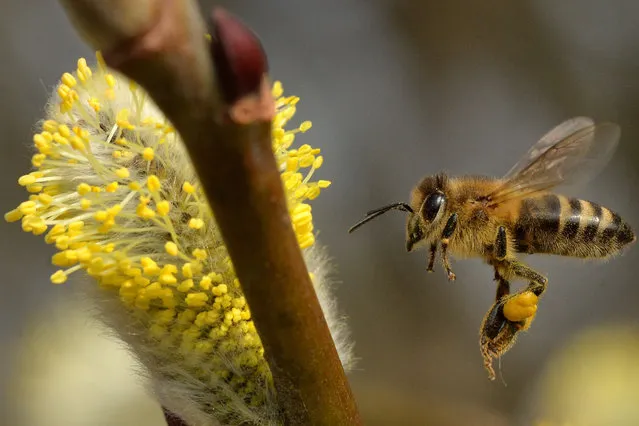
A bee collects pollen on a sunny day in Jicin, Czech Republic on March 18, 2022. (Photo by Slavek Ruta/Rex Features/Shutterstock)
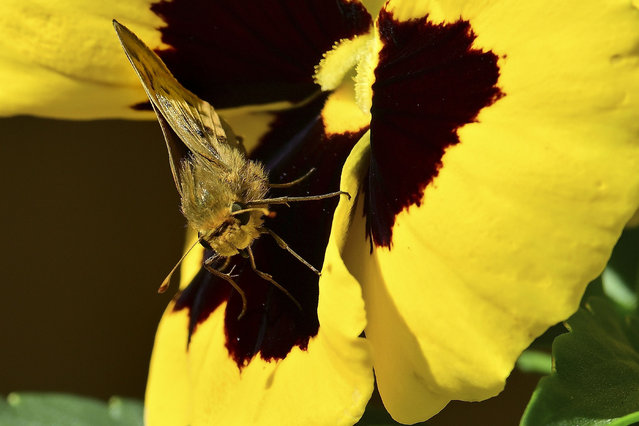
A pansy moth collects nectar in Pacific Grove, California, US on September 21, 2022. (Photo by Rory Merry/ZUMA Press Wire/Rex Features/Shutterstock)
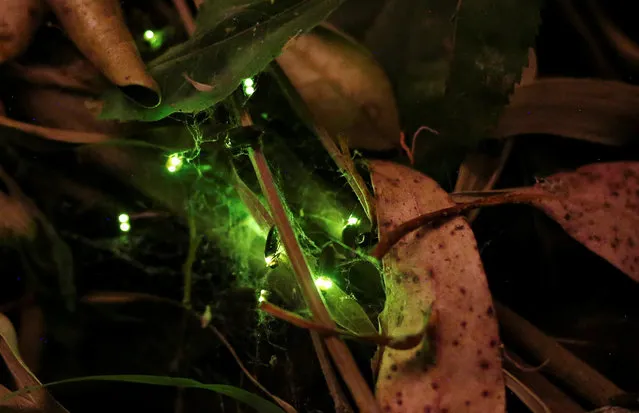
Fireflies light up in a forest at Pitrufquén, near Temuco, Chile on January 26, 2023. (Photo by Reuters/Stringer)
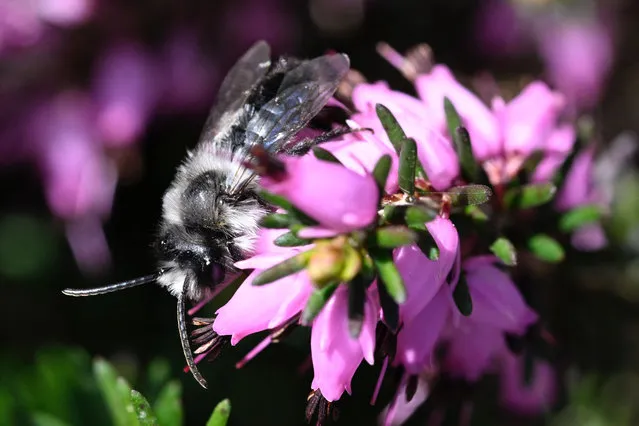
An ashy mining bee (Andrena cineraria) forages on a heather in Rennes, western France, on March 22, 2022. (Photo by Damien Meyer/AFP Photo)
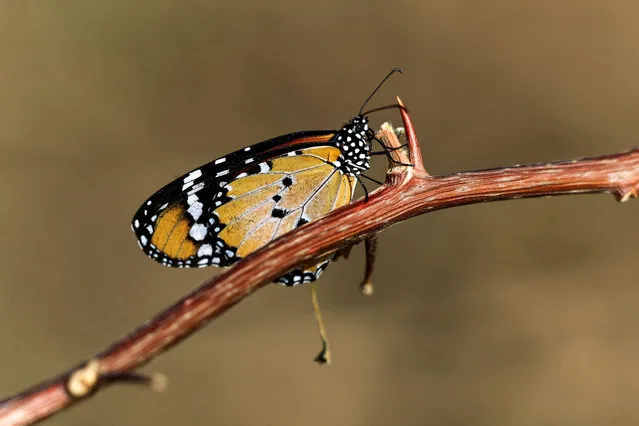
A butterfly sits on a tree branch near the Sixth Cataract of the Nile river, known as the “Salbouka” waterfall – one of the most prominent tourist areas in Sudan and the first waterfall along the course of the river after the White and Blue Niles meet in the capital Khartoum – about 100 kilometres north of Khartoum on October 23, 2022. (Photo by Ashraf Shazly/AFP Photo)
11 Mar 2023 03:36:00,
post received
0 comments
